Year 3
Diverse communities and places and the contribution people make
The Year 3 curriculum focuses on the diversity of people and places in their local community and beyond, and how people participate in their communities. Students study how places are represented geographically and how communities express themselves culturally and through civic participation. Opportunities are provided to learn about diversity within their community, including the Country/Place of Aboriginal and Torres Strait Islander Peoples, and about other communities in Australia and neighbouring countries. Students compare the climates, settlement patterns and population characteristics of places, and how these affect communities, past and present. Students examine how individuals and groups celebrate and contribute to communities in the past and present, through establishing and following rules, decision-making, participation and commemoration.
The content provides opportunities for students to develop humanities and social sciences understanding through key concepts including significance; continuity and change; cause and effect; place and space; interconnections; roles, rights and responsibilities; and perspectives and action. These concepts may provide a focus for inquiries and be investigated across sub-strands or within a particular sub-strand context.
The content at this year level is organised into two strands: knowledge and understanding, and inquiry and skills. The knowledge and understanding strand draws from three sub-strands: history, geography and civics and citizenship. These strands (knowledge and understanding, and inquiry and skills) are interrelated and have been developed to be taught in an integrated way, which may include integrating with content from the sub-strands and from other learning areas, and in ways that are appropriate to specific local contexts. The order and detail in which they are taught are programming decisions.
Inquiry Questions
A framework for developing students' knowledge, understanding and skills is provided by inquiry questions. The following inquiry questions allow for connections to be made across the sub-strands and may be used or adapted to suit local contexts: inquiry questions are also provided for each sub-strand that may enable connections within the humanities and social sciences learning area or across other learning areas.
- How do symbols, events, individuals and places in my community make it unique?
- How do people contribute to their communities, past and present?
- What events do different people and groups celebrate and commemorate and what does this tell us about our communities?
(source: www.australiancurriculum.edu.au)
Achievement Standard
By the end of Year 3, students identify individuals, events and aspects of the past that have significance in the present. They identify and describe aspects of their community that have changed and remained the same over time. They describe the diverse characteristics of different places at the local scale and identify and describe similarities and differences between the characteristics of these places. They identify connections between people and the characteristics of places. Students explain the role of rules in their community and the importance of making decisions democratically. They identify the importance of different celebrations and commemorations for different groups. They explain how and why people participate in and contribute to their communities.
Students pose questions and locate and collect information from sources, including observations, to answer these questions. They examine information to identify a point of view and interpret data to identify and describe simple distributions. They draw simple conclusions and share their views on an issue. They sequence information about events and the lives of individuals in chronological order. They record and represent data in different formats, including labelled maps using basic cartographic conventions. They reflect on their learning to suggest individual action in response to an issue or challenge. Students communicate their ideas, findings and conclusions in oral, visual and written forms using simple discipline-specific terms.
(source: www.australiancurriculum.edu.au)
Achievement Standard
By the end of Year 3, students identify individuals, events and aspects of the past that have significance in the present. They identify and describe aspects of their community that have changed and remained the same over time. They identify the importance of different celebrations and commemorations for different groups.
Students sequence information about events and the lives of individuals in chronological order. They pose questions about the past and locate and collect information from sources (written, physical, visual, oral) to answer these questions. They analyse information to identify a point of view. Students develop texts, including narrative accounts, using terms denoting time.
(source: www.australiancurriculum.edu.au)
Achievement Standard
By the end of Year 3, students describe the location of the states and territories of Australia, the location of selected Aboriginal and Torres Strait Islander Countries/Places and selected countries neighbouring Australia. They describe the characteristics of different places at local scales and identify and describe similarities and differences between the characteristics of these places. They identify connections between people and the characteristics of places and recognise that people have different perceptions of places.
Students pose geographical questions and locate and collect information from different sources to answer these questions. They record and represent data in tables and simple graphs and the location of places and their characteristics on labelled maps that use the cartographic conventions of legend, title and north point. They describe the location of places and their features using simple grid references and cardinal compass points. Students interpret geographical data to identify and describe distributions and draw conclusions. They present findings using simple geographical terminology in a range of texts. They reflect on their learning to suggest individual action in response to a geographical challenge.
(source: www.australiancurriculum.edu.au)
Achievement Standard
By the end of Year 3, students explain the role of rules in their community and the importance of making decisions democratically. They describe how people participate in their community as active citizens.
Students pose simple questions about the society in which they live. They collect information from sources to answer these questions. They examine information to identify a point of view and draw simple conclusions. Students share their views on an issue and describe how they participate in a group. They present their ideas and conclusions in oral, visual and written forms using civics and citizenship terms.
(source: www.australiancurriculum.edu.au)
- Plus Plan

An Introduction to Aboriginal Art PowerPoint
A 54 slide editable PowerPoint to use in the classroom when learning about Aboriginal art.
- Free Plan

Map of the World's Climate Zones
Display this climate zone map in your classroom while teaching about the 6 climate types.
- Plus Plan

Christmas Gift Box (Curved)
A template for creating First Nations‐themed Christmas gift boxes featuring authentic Aboriginal designs.
- Free Plan

Natural vs. Man-Made Features - Sorting Activity
A sorting activity to help students identify the natural and human features of environments.
- Plus Plan
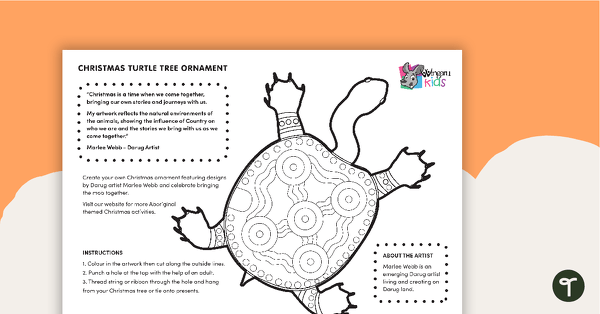
Christmas Tree Ornament - Turtle
A template for creating First Nations-themed Christmas tree ornaments featuring authentic Aboriginal designs.
- Plus Plan
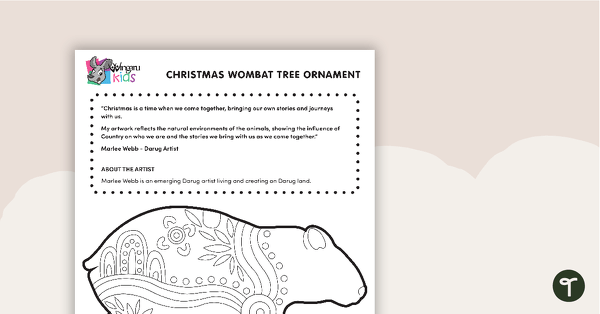
Christmas Tree Ornament - Wombat Art
A template for creating First Nations‐themed wombat art Christmas tree ornaments featuring authentic Aboriginal designs.
- Plus Plan
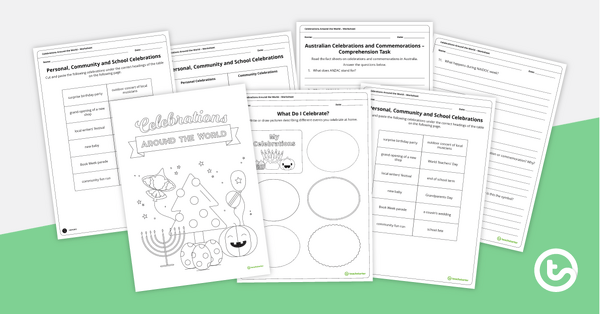
Celebrations Around the World - Worksheet Pack
An 18-page worksheet booklet to use when exploring the topic of celebrations.
- Plus Plan

Natural Landmarks of Australia - Poster Pack
10 beautifully designed posters about some of Australia's most famous natural landscapes.
- Free Plan
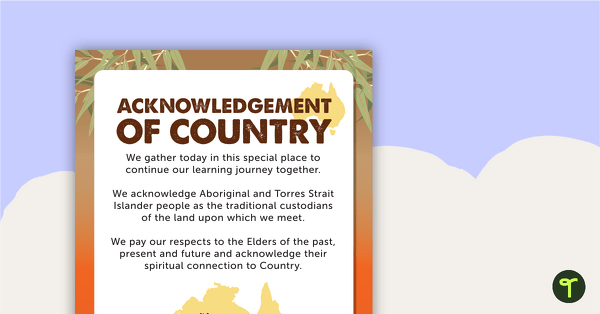
Acknowledgement of Country Poster
A simple Acknowledgement of Country poster to display in your classroom.
- Plus Plan
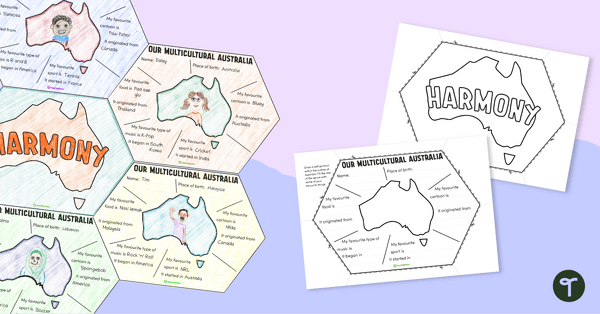
Our Multicultural Australia – Harmony Day Display
A connecting display for students to list their favourite things and where in the world each comes from.
- Plus Plan
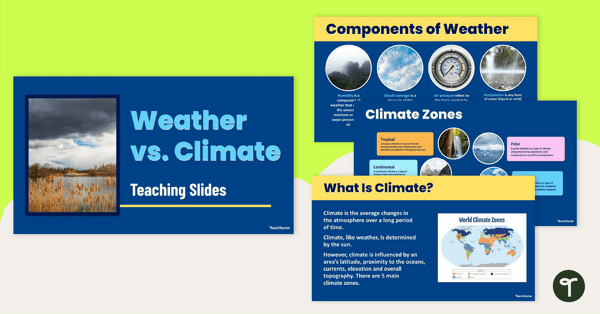
Weather vs. Climate – Teaching Slides and Guided Notes
Teach your students the difference between climate and weather with this set of teaching slides and accompanying guided notes.
- Plus Plan
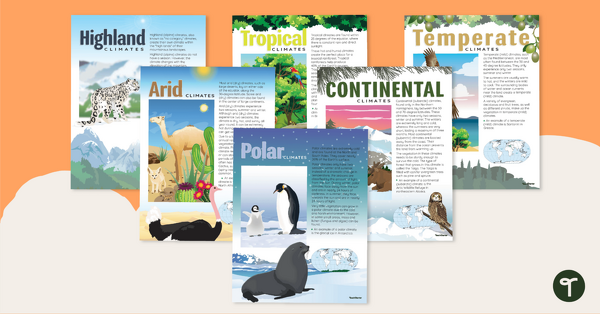
Climate Zones of the World – Poster Pack
Learn about different climate types with this set of 6 printable posters.
- Free Plan
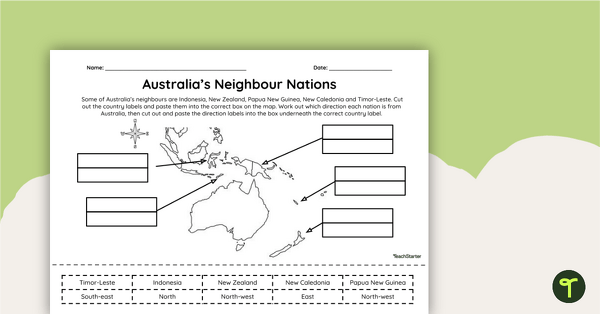
Countries Neighbouring Australia - Cut and Paste Worksheet
Discover the location of some of the countries neighbouring Australia with this simple cut-and-paste worksheet.
- Plus Plan
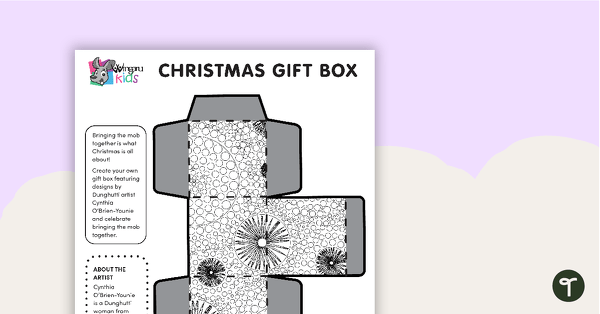
Christmas Gift Box (Cube)
A template for creating a First Nations-themed Christmas gift box featuring authentic Aboriginal designs.
- Plus Plan
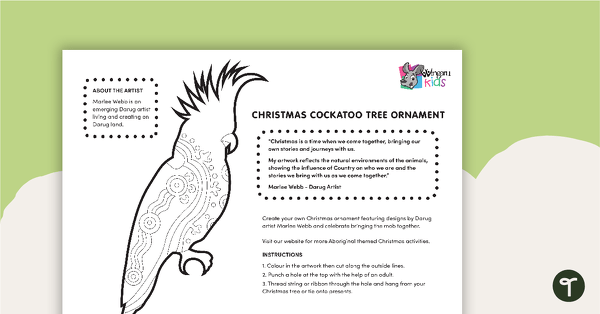
Christmas Tree Ornament - Cockatoo
A template for creating First Nations-themed Christmas tree ornaments featuring authentic Aboriginal designs.
- Plus Plan
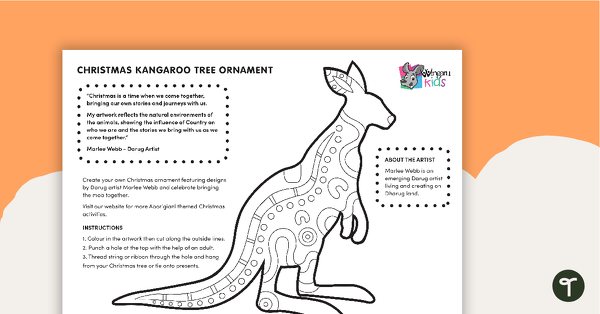
Christmas Tree Ornament - Kangaroo
A template for creating First Nations‐themed Christmas tree ornaments featuring authentic Aboriginal designs.
- Plus Plan
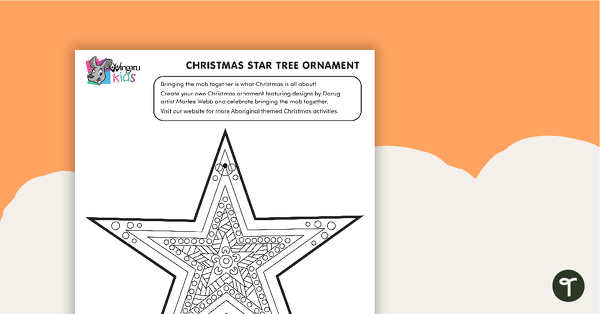
Christmas Tree Ornament - Star
A template for creating First Nations‐themed Christmas tree ornaments featuring authentic Aboriginal designs.
- Plus Plan
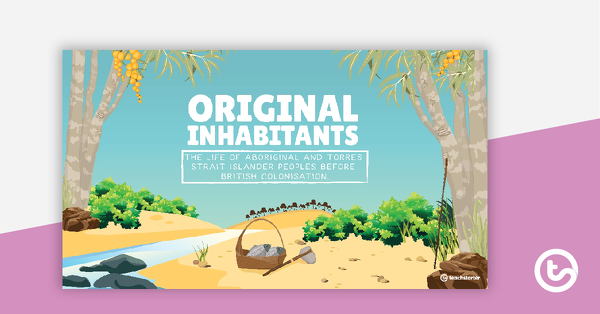
Original Inhabitants PowerPoint
A 43 slide editable PowerPoint presentation to use when teaching students about the original inhabitants of Australia.
- Plus Plan
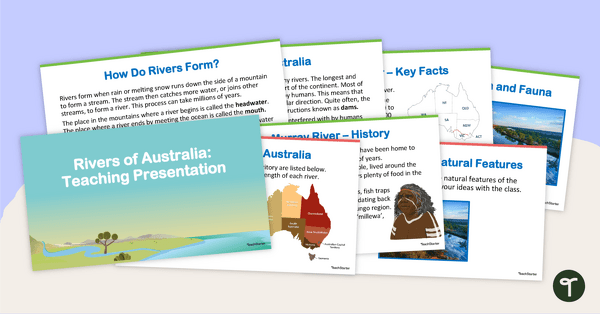
Rivers of Australia - Teaching Presentation
Explore Australia's complex system of rivers with this 14-slide editable teaching presentation.
- Free Plan
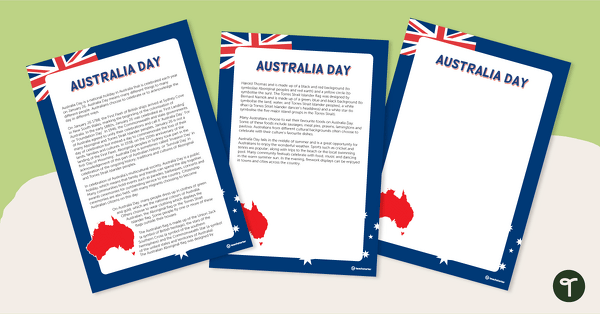
Australia Day Fact Sheet
A fact sheet covering important facts and traditions of Australia Day.
- Plus Plan
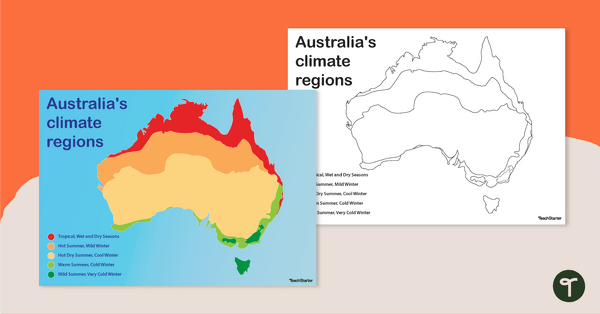
Australian Climate Regions Poster and Worksheet
A poster and a worksheet outlining the climate regions in Australia.
- Free Plan
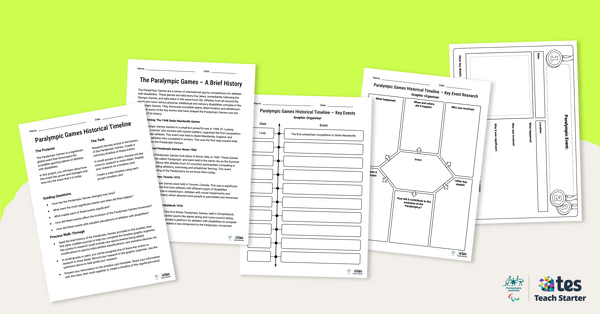
Paralympic Games Historical Timeline – Inquiry-Based Project
Introduce your students to the rich history of the Paralympic Games with this inquiry-based learning project.
- Plus Plan
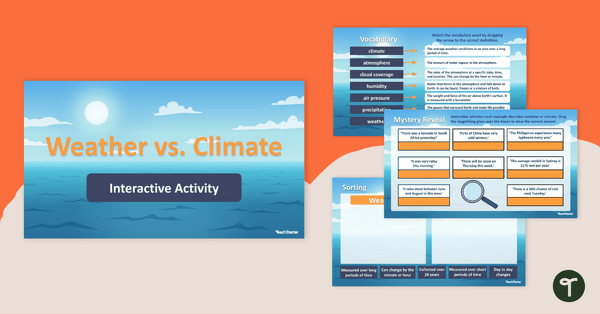
Weather vs. Climate – Interactive Activity
Strengthen student understanding of weather and climate with this interactive activity.
- Plus Plan
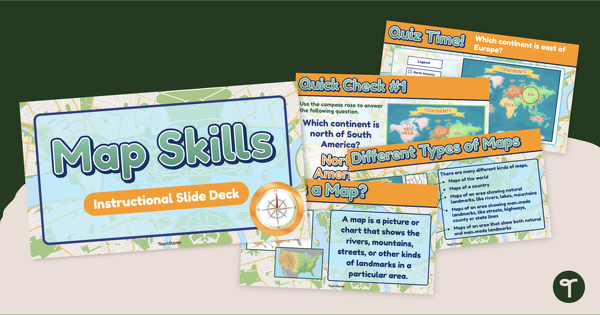
Map Skills Teaching Presentation
Teach basic map skills to younger students with this visually appealing and age-appropriate teaching presentation.
- Plus Plan
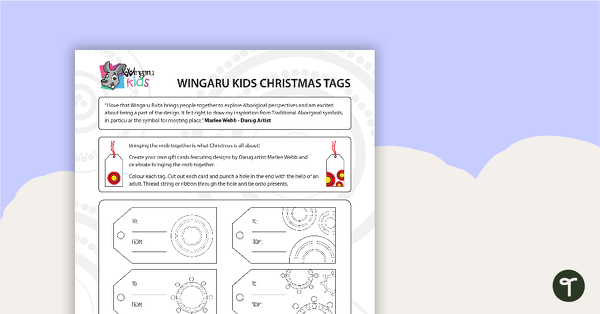
Christmas Gift Tags - Aboriginal
A template for creating First Nations-themed Christmas gift tags featuring authentic Aboriginal designs.
- Plus Plan

Christmas Tree Ornament - Bandicoot
A template for creating First Nations‐themed Christmas tree ornaments featuring authentic Aboriginal designs.
- Plus Plan

The Torres Strait Islander Flag - Poster and Worksheet
A poster and worksheet of the Torres Strait Islander flag.
- Plus Plan
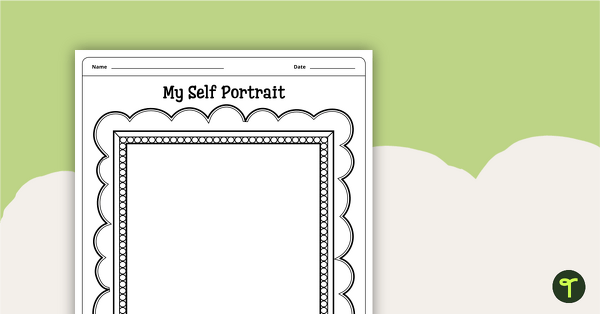
Self Portrait Worksheet
A worksheet to use as a Harmony Day resource for all grades.
- Plus Plan
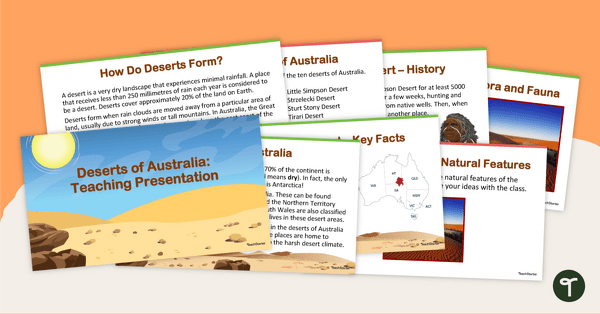
Deserts of Australia - Teaching Presentation
Explore Australia's deserts with this 14-slide editable teaching presentation.
- Plus Plan
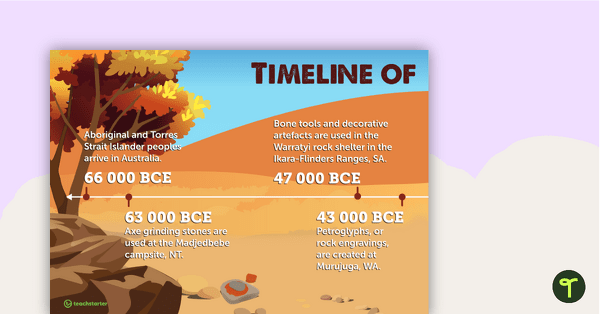
Timeline of Aboriginal and Torres Strait Islander People 66 000 BCE to 1788 CE - Banner
A four-page timeline of the history of Aboriginal and Torres Strait Islander people between 66 000 BCE and 1788 CE.
- Plus Plan
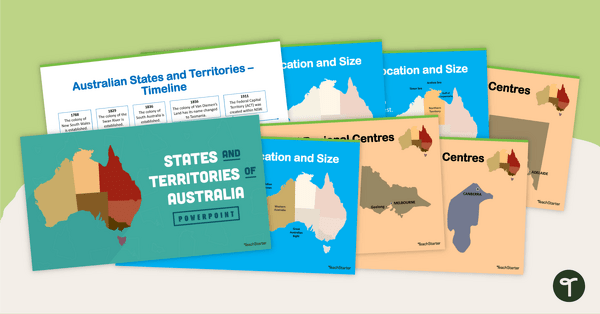
States and Territories of Australia PowerPoint
Explore Australia's six states and two territories with this 27-slide editable teaching presentation.
- Free Plan
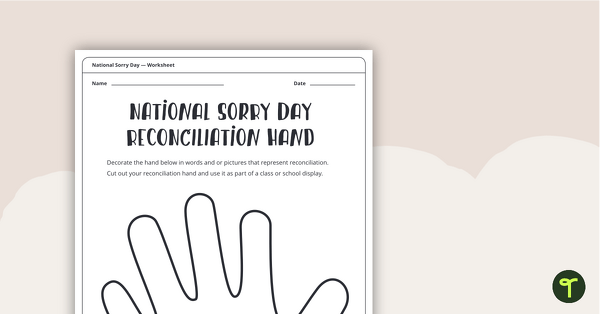
National Sorry Day – Reconciliation Hand
A reconciliation hand to promote thoughtful discussion on National Sorry Day.